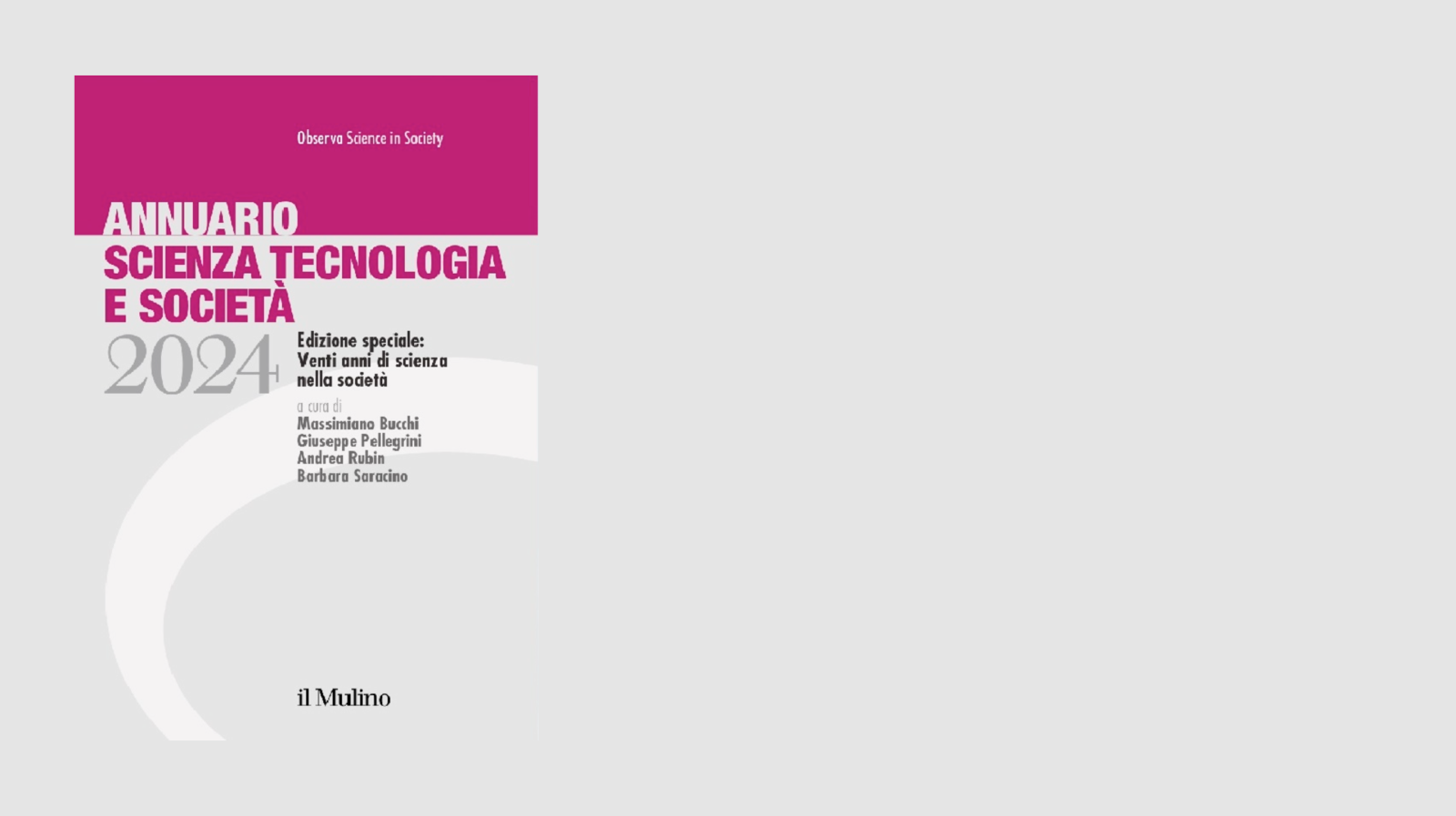Ichnology is the branch of paleontology that deals with the study of footprints left by animal organisms. Ichnology thus studies the width, length and shapes of footprints, stride (the distance between each one), the depth, possible asymmetries and more, in order to establish the size of the the animals, their characteristic forms and habits. The positioning of the footprints as well contains important information regarding the movement and pace. Just think of a horse's footprints and the difference between a trot and a gallop.
The Planck satellite, launched in the spring of 2009, gives us the opportunity today to establish a formidable astronomical ichnology. By studying the oldest impressions available, those left in the (the Cosmic Microwave Background) radiation, we are able to study the nature of the originator of these impressions: the Big Bang. Planck is photographing microscopic impressions: small differences in the order of millionths of a degree centigrade on angular scales of a fraction of a degree. An extremely clear, detailed and wide-ranging photograph is needed to study these remnants. And Planck is in the process of completing this fantastic photograph; the best photo ever taken of the newly born universe for its size, resolution, and spectral information. As a matter of fact these impressions do not date back to just a few hundred million years ago, like the footprints left by dinosaurs. They go as far back as 13 billion years ago and are characterized by a young Universe, which is just a little over 300,000 years old.
The distribution of these impressions in the sky, their characteristic size, their temperature depth and their number per unit area will enable us to extract information that will allow us to study the evolution of the large-scale structure of matter, cosmic inflation, the generation of primordial gravitational waves, and more. This photograph, whose primary purpose is to study the details of the cosmic background radiation, also contains a lot of valuable information of everything that is, accidentally, located between "us" and the "background" which is precisely the object of the study. Though these 'intruders' are to be carefully identified, classified and removed in order to reconstruct the properties of the background, they must also be considered a source of invaluable information that will have astronomers and astrophysicists intrigued for many years to come. Galactic sources, interstellar dust clouds, galaxies external to our galaxies, clusters of galaxies discovered as a result of the disruption that took place from the diffused background radiation constitute those initial results. They are summarized in the first catalog of compact sources and in 25 scientific studies that make up the special issue of Astronomy and Astrophysics to be published shortly. Over the next two years we expect to see the publication of the results of cosmology and fundamental physics. This will allow us to compare these theories with present theories regarding the formation and evolution of the Universe. In one way or another, by either confirming or disproving, they will be a significant contribution towards the advancement of knowledge. Without a doubt, Planck, with its full sky survey (It carries one out every six months. It is now working on the third and there will be a fourth and a fifth one. Summing them up will enable to have a more clearly defined map.) is producing a large quantity of data which will be the reference point for a vast amount of studies in the coming decades.
Planck can be considered the result of a highly successful collaboration between European scientists and technologists, public research institutions and industry. A collaboration funded and managed by space agencies, ESA first and foremost, and by the Italian contribution of the ASI. More than 100 institutes in 11 European countries (as well as the USA and Canada) have been and are involved with Planck. In Italy, more than 90 technicians, technologists and researchers from various INAF research centers and university institutions have contributed to the construction, calibration and use of one of the two main instruments on board; the Low Frequency Instrument (LFI). Planck is a triumph of the never-ending yearning for knowledge. A triumph of basic research which is often overlooked. We will appreciate its cultural impact and technological implications in the years to come.


